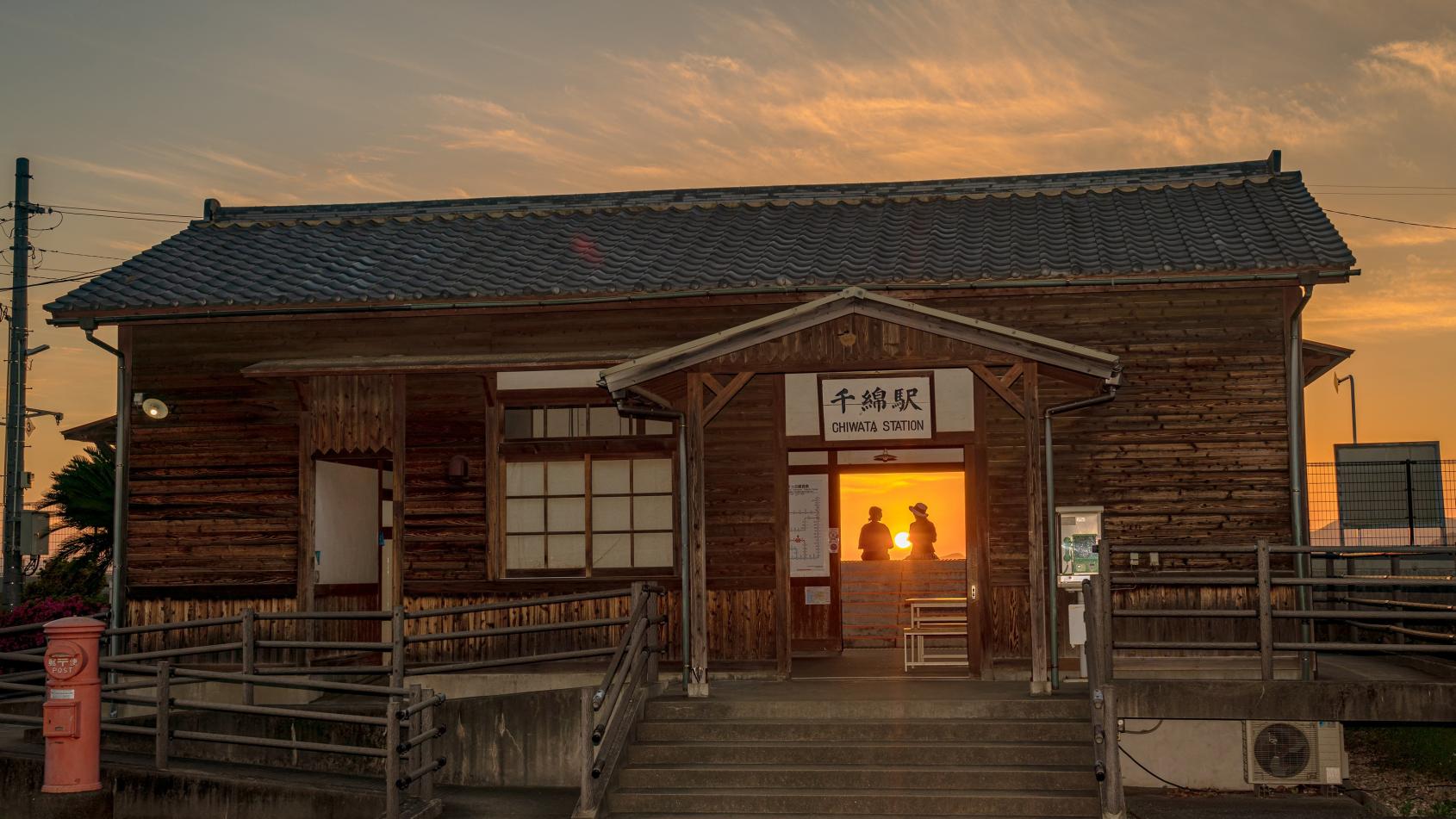 A Multicultural Experience in Nagasaki City (1 Day Walking Course)
A Multicultural Experience in Nagasaki City (1 Day Walking Course)
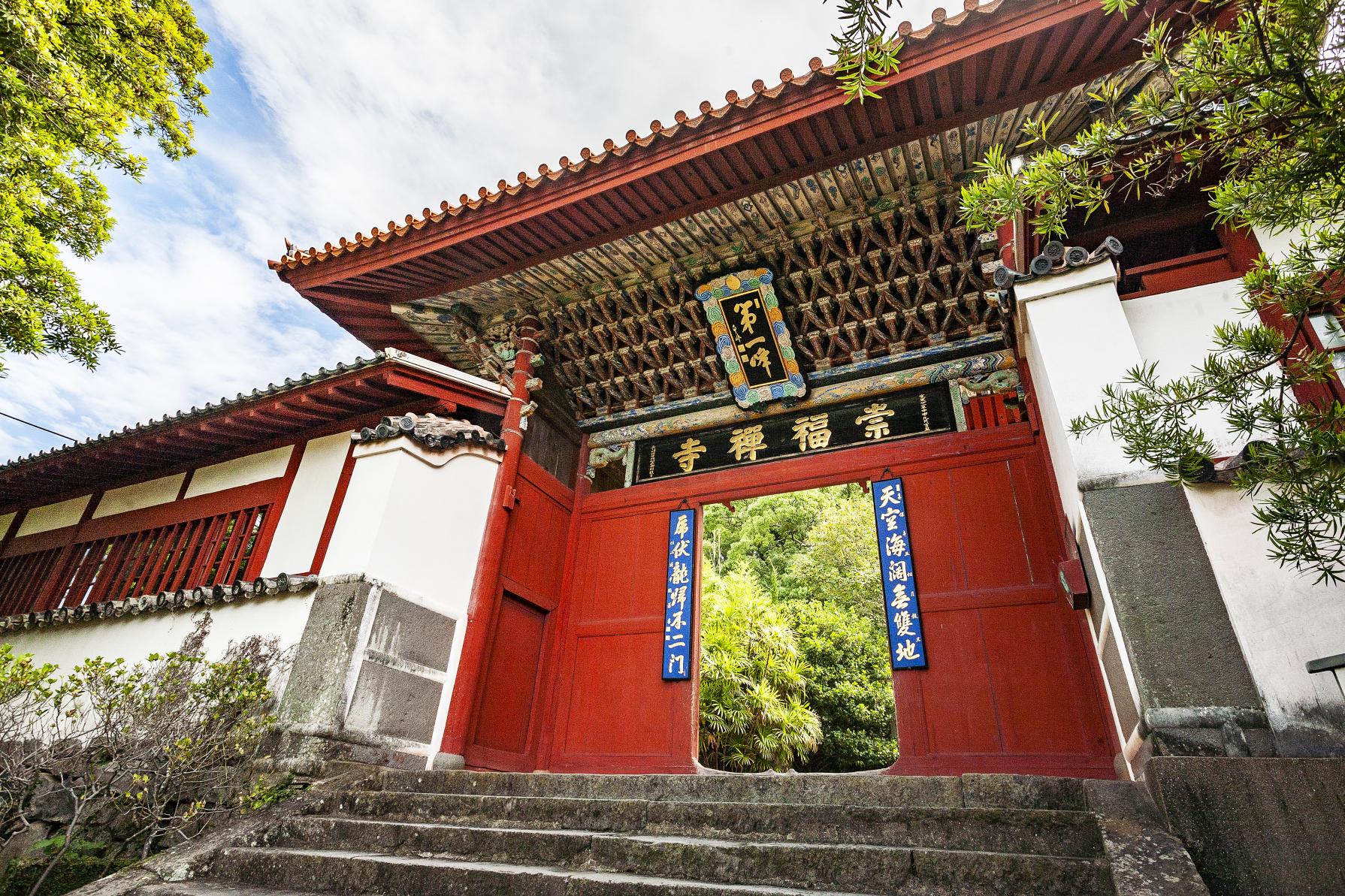
Take a leisurely stroll through the central area of Nagasaki City, and experience the city's unique culture through its food, architecture and stories for each location.
Nagasaki City has a long history of exchanges with foreign countries, and the area used to be much smaller than it is today. As a result, the mixture of cultures (Japanese, Chinese, and Western) remain in areas that are within walking distance from one another. Experience the wonders and charms of this diversity for yourself!
- Required Time:1day
- Means of Transportation:by tram, walk
-
Print
START
Approx. 20 min. by tram (Nagasaki Station〜Shinchi Chinatown Tram Stop〜Oura Cathedral Tram Stop), then approx. 10 min. walk
Glover Garden

Inside the gardens, one can tour the Thomas B. Glover Residence, Japan's oldest wooden Western-style residence. Through his trading businesses, Glover contributed much to Japan's modernization. The gardens, in addition to revealing the living circumstances of Nagasaki's foreign residents during what is known as "the period of foreign settlement," also display an abundance of fascinating natural beauty. Now all can view the same scenery, and relax in the same gentle breezes, enjoyed by these renowned historical personages.
| Address | 850-0931 長崎県長崎市南山手町8-1 | |
|---|---|---|
| TEL | 095-822-8223 | |
| Hours of Operation | 8:00~18:00(Last entry at 17:40) ※Hours of operation may change depending on the season. |
Approx. 10 min. walk
Higashiyamate District
National Preservation District for Groups of Traditional Buildings
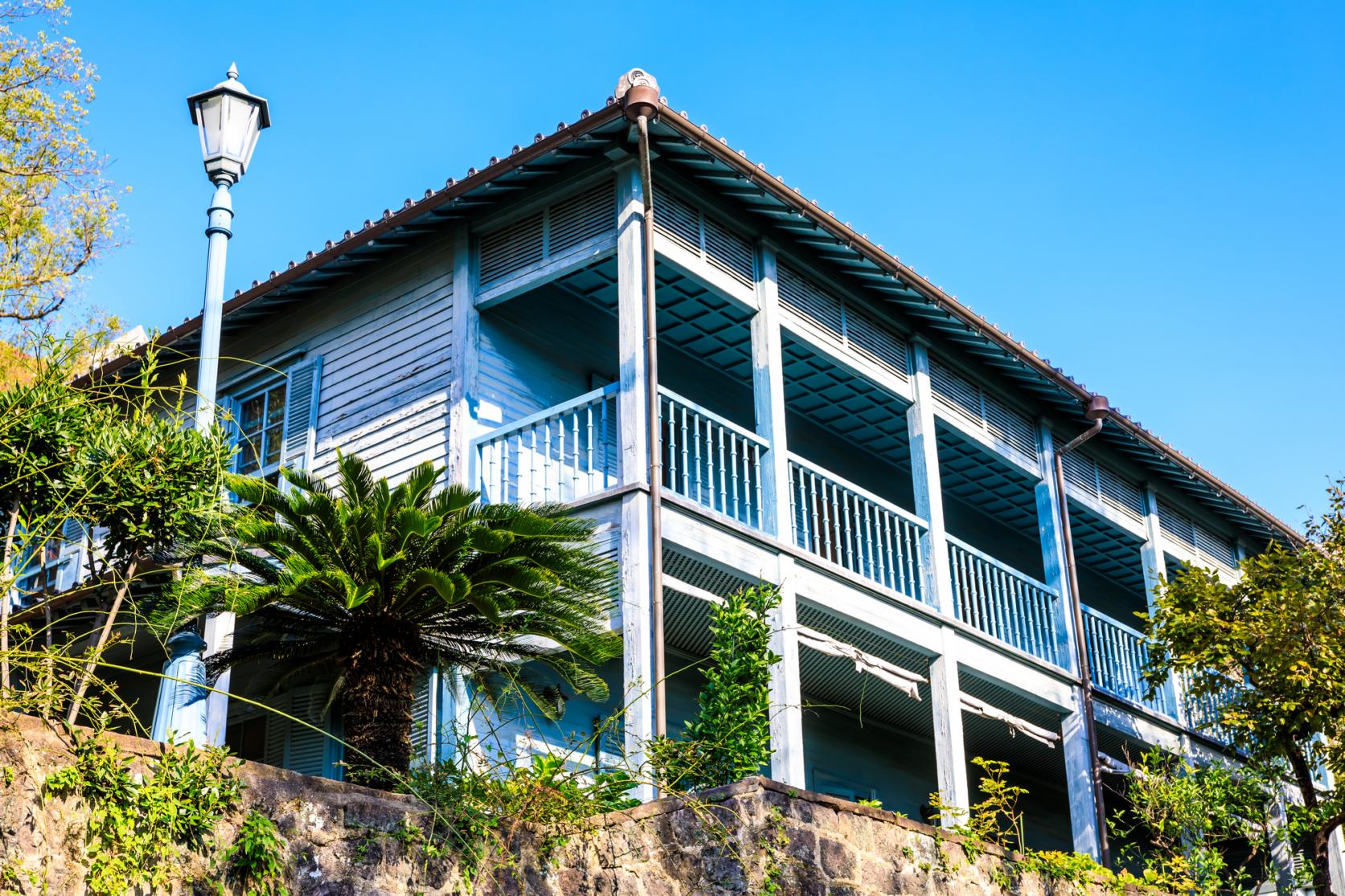
In the 19th century this area was known as consulate hill because of the rows of consulates and chapels from various countries, and traditional Western-style buildings still exist, such as wooden houses and the former British Consulate in Nagasaki.
Approx. 5 min. walk
Nagasaki Confucian Shrine & Historical Museum of China
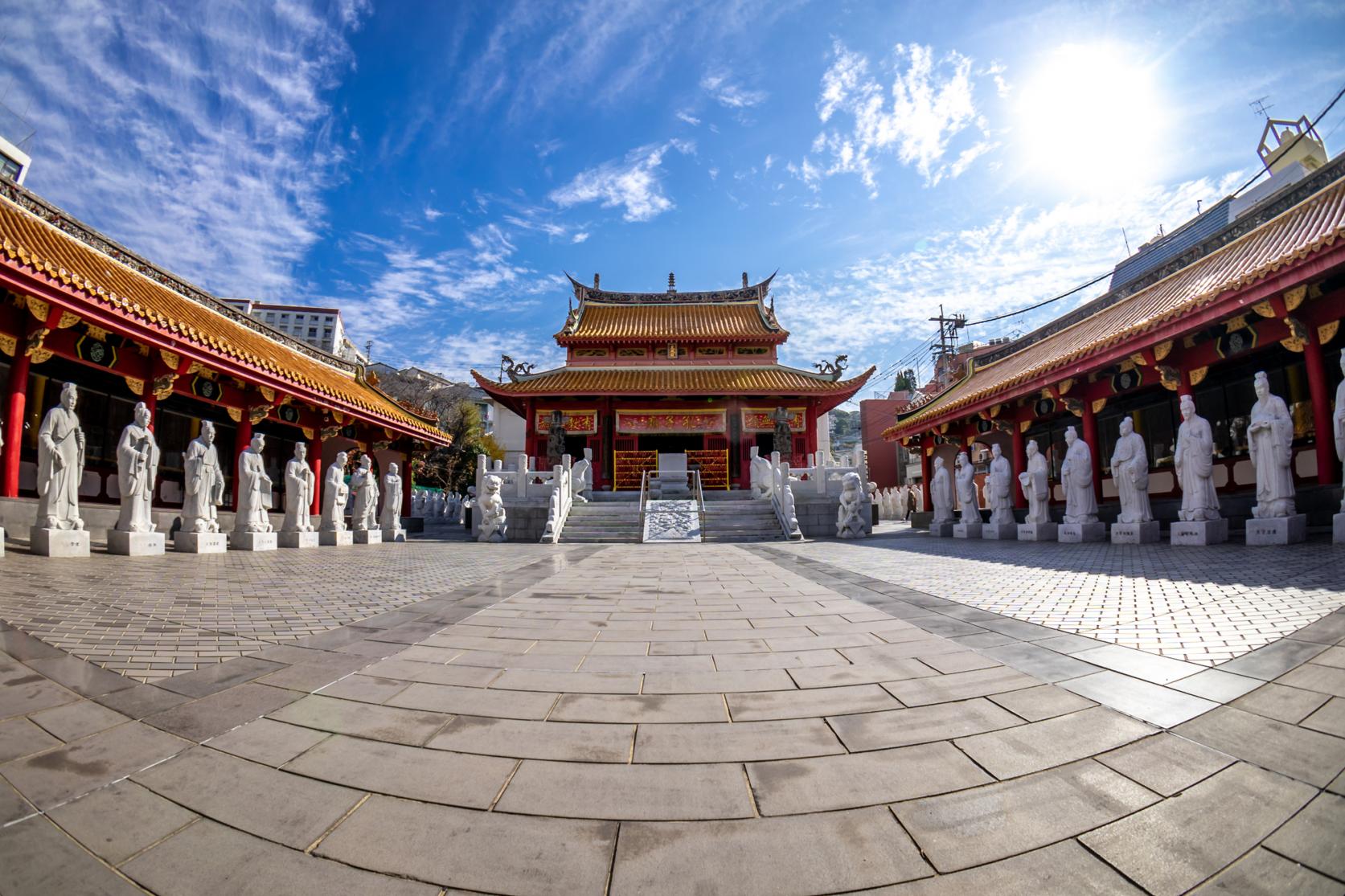
| Address | 850-0918 長崎県長崎市大浦町10-36 | |
|---|---|---|
| TEL | 095-824-4022 | |
| Hours of Operation | 9:30~18:00(Last entry at 17:30) |
Approx. 10 min. walk
Shinchi Chinatown
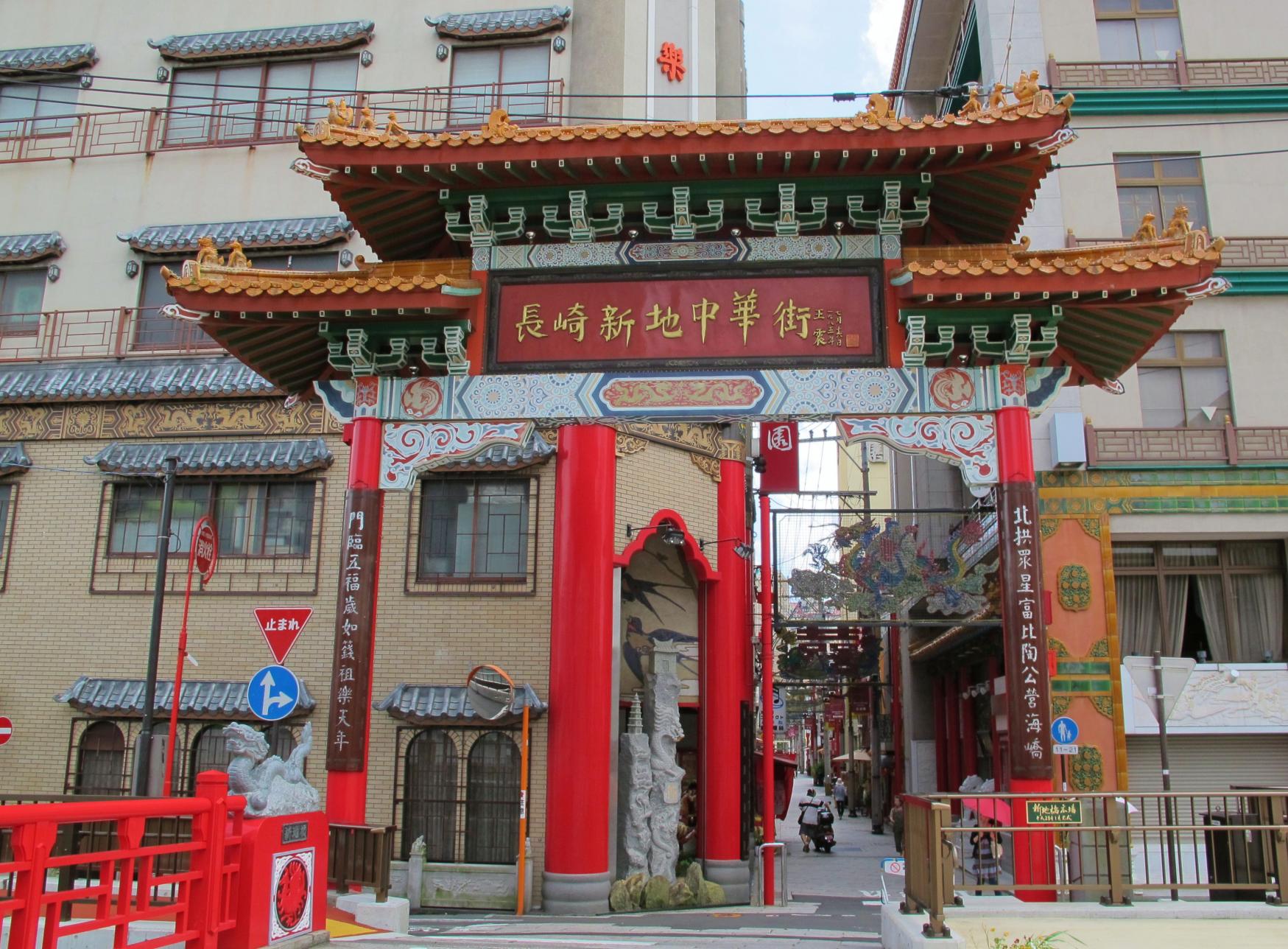
| Address | 850-0842 長崎県長崎市新地町 |
|---|
Approx. 10 min. walk
Sofukuji Temple
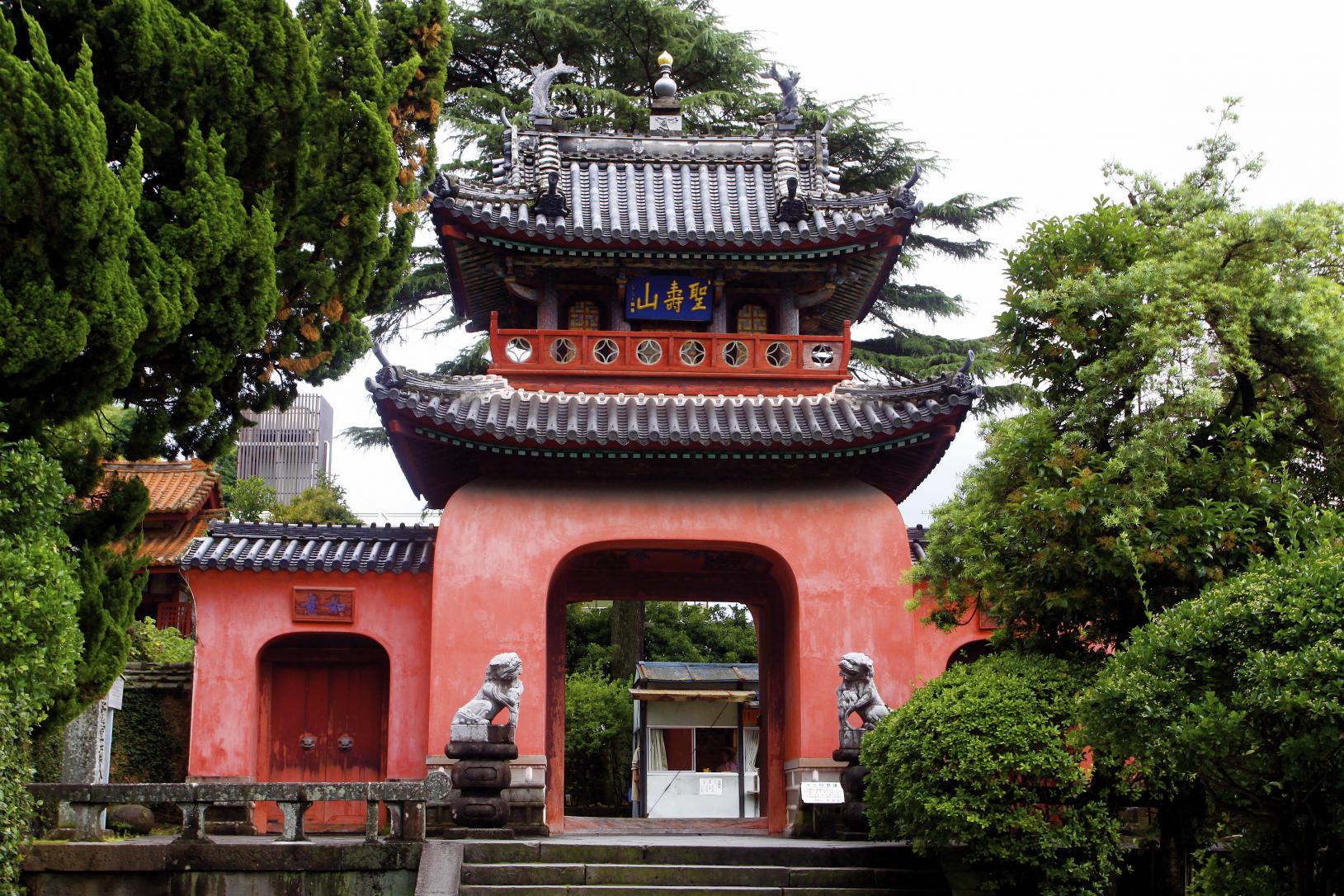
| Address | 850-0831 長崎県長崎市鍛冶屋町7-5 | |
|---|---|---|
| TEL | 095-823-2645 | |
| Hours of Operation | 8:00~17:00 |
Approx. 10 min. walk
Megane-Bashi (Spectacles Bridge)
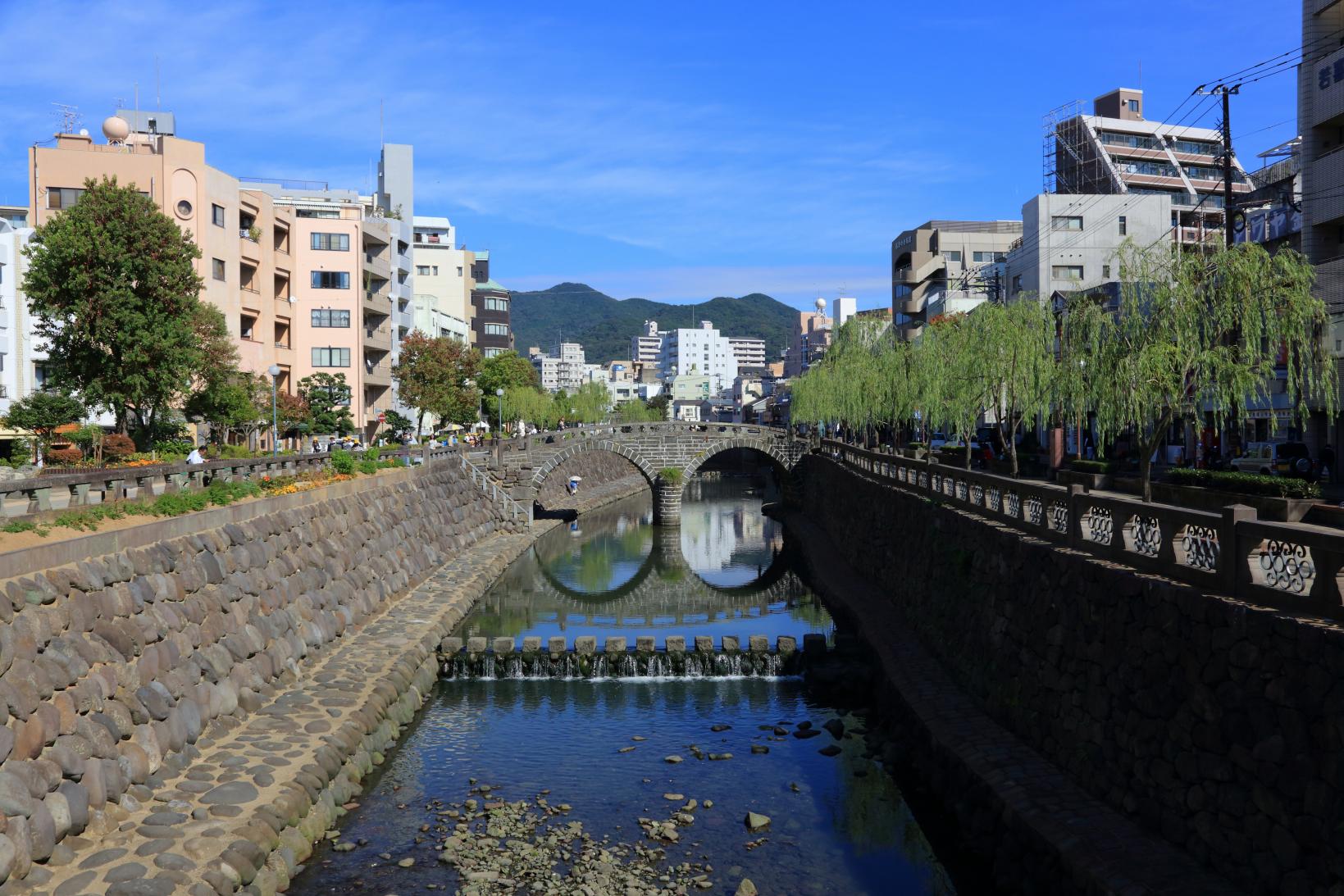
| Address | 長崎県長崎市魚の町と諏訪町の間 | |
|---|---|---|
| TEL | 095-829-1193(長崎市文化観光部文化財課) |
Approx. 15 min. walk
Suwa Shrine
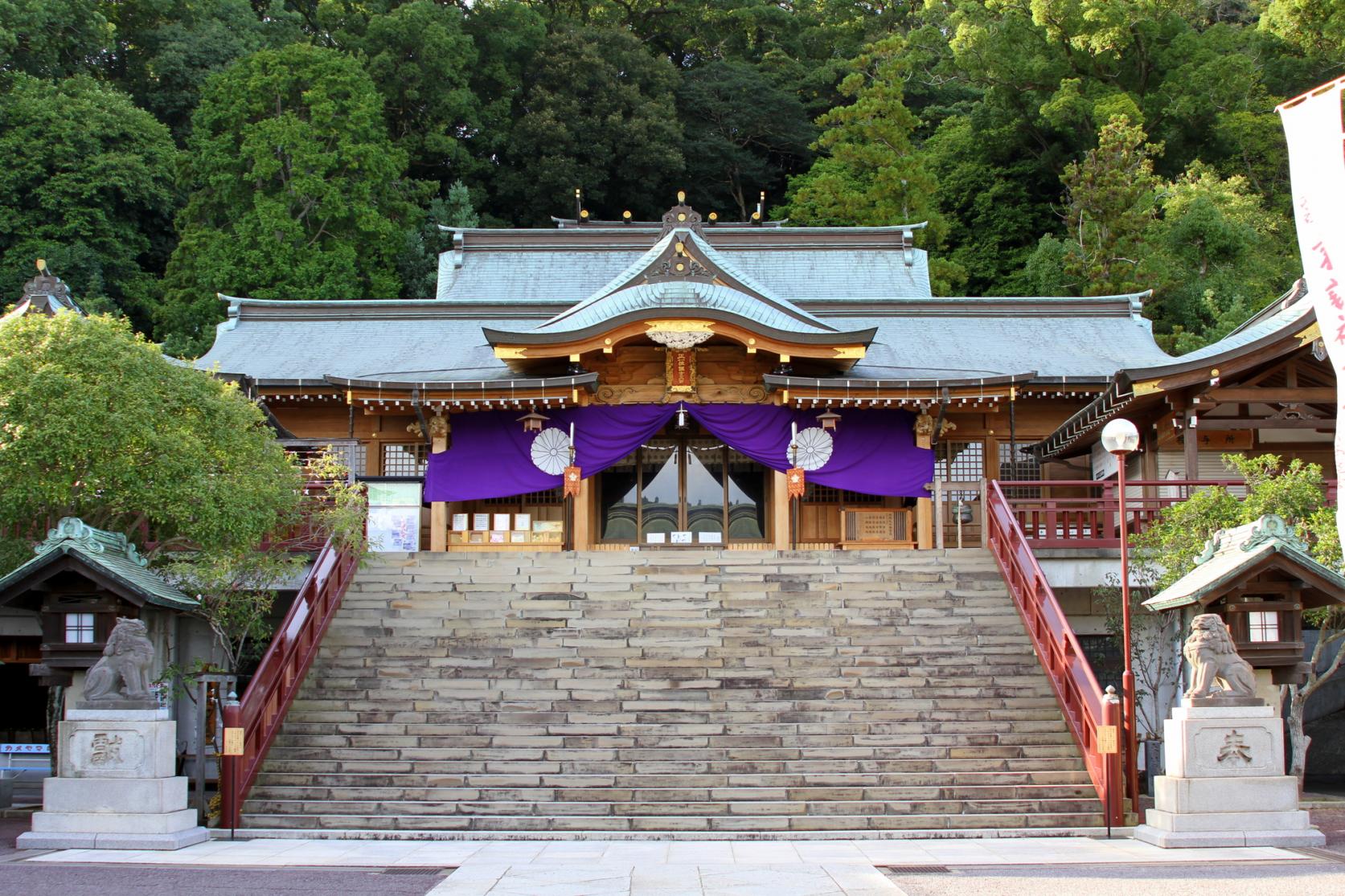
| Address | 850-0006 長崎県長崎市上西山町18-15 | |
|---|---|---|
| TEL | 095-824-0445 |
Approx. 15 min. walk
Shindenan
Experience Japanese Culture
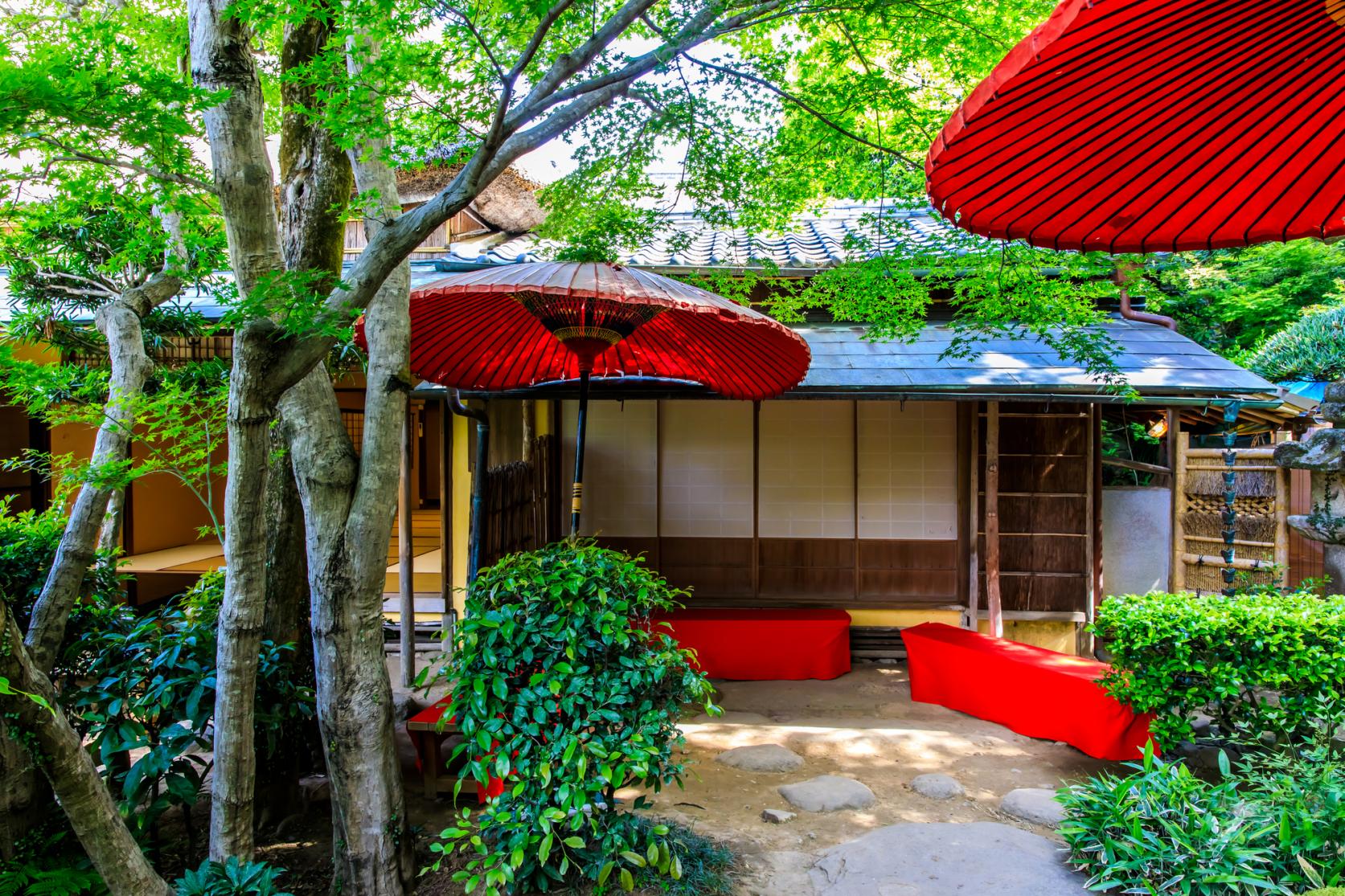
Shindenan is a villa built in 1628 by Shin Gachou, an interpreter and trader with China. The tea room has a long history and is part of Nagasaki City's cultural heritage. Visitors can also enjoy the villa's fresh greenery in the spring and the leaves changing colors in the fall.
Approx. 10 min. walk, then approx. 10 min. by tram (Shindaikumachi Tram Stop〜Nagasaki Station)
Nagasaki Station
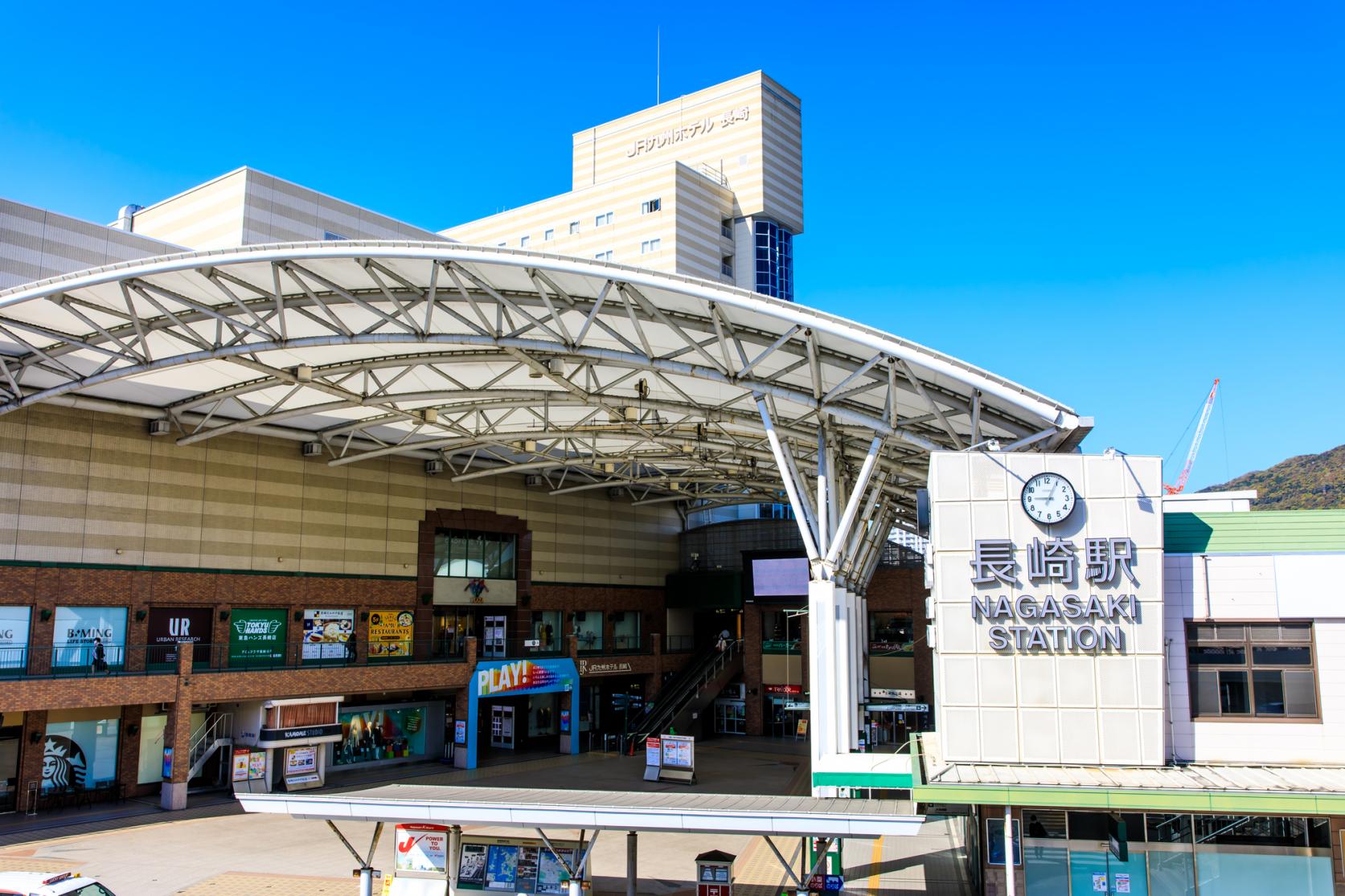
FINISH
Google Map may not be properly displayed if the volume per day exceeds the limit.



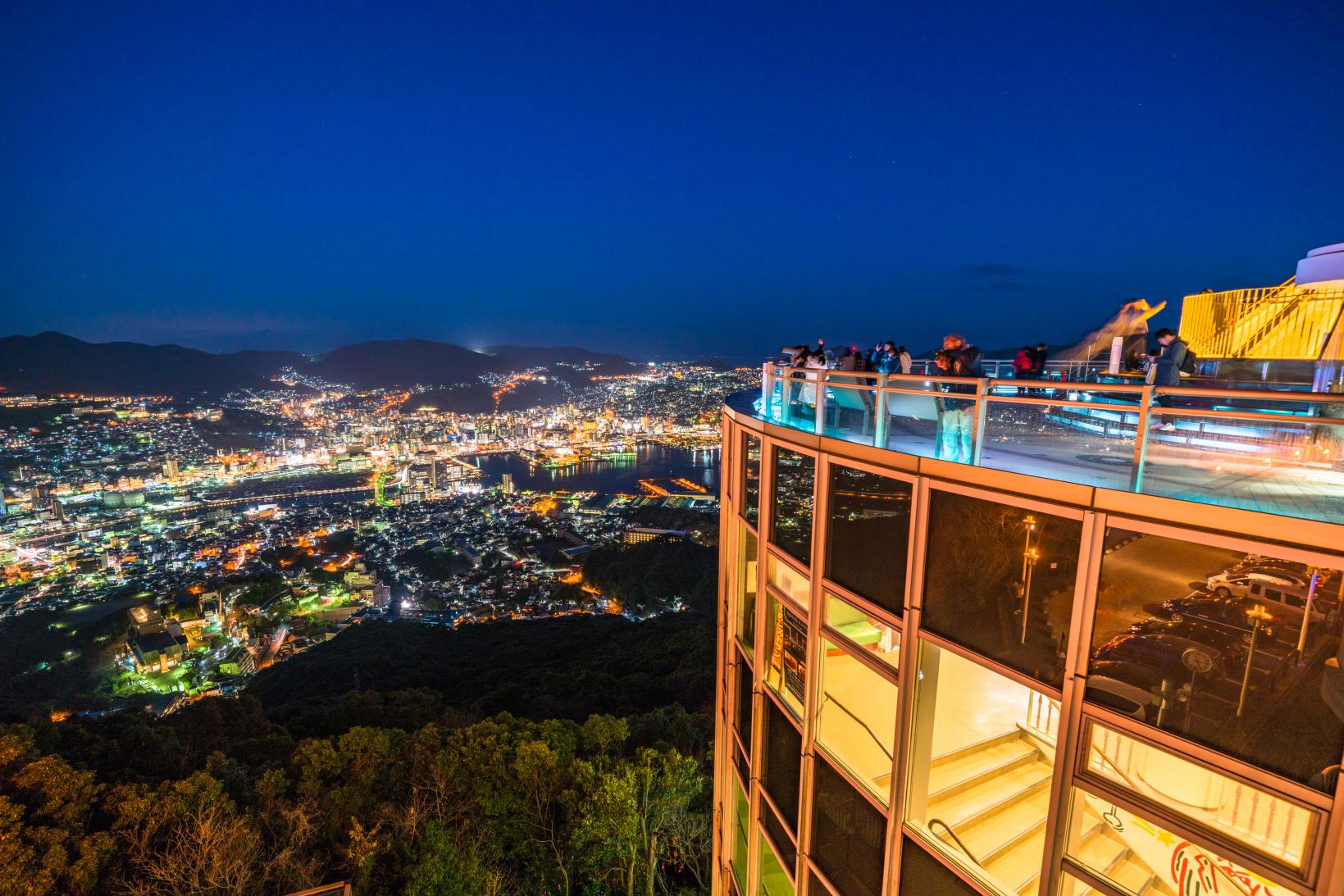
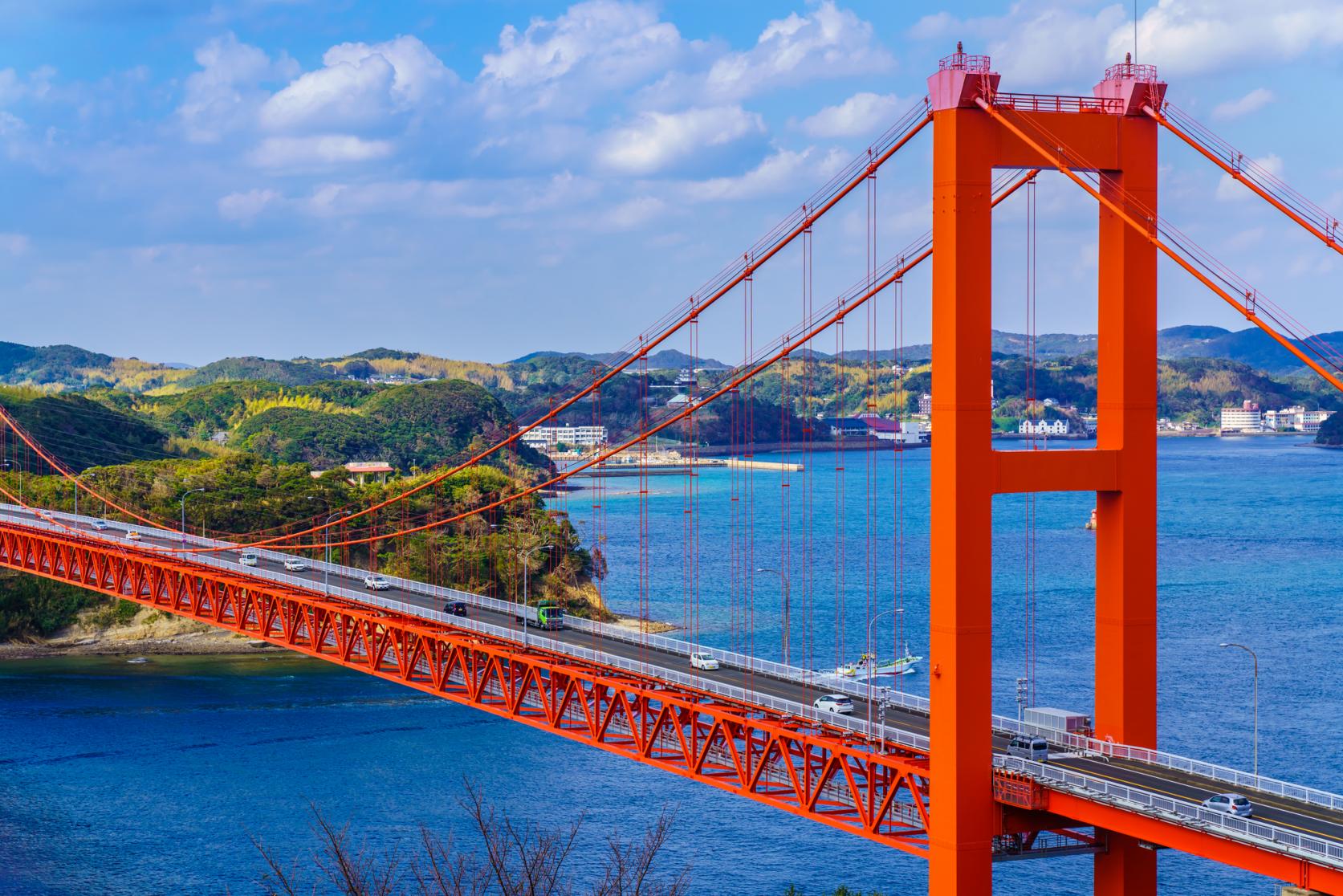
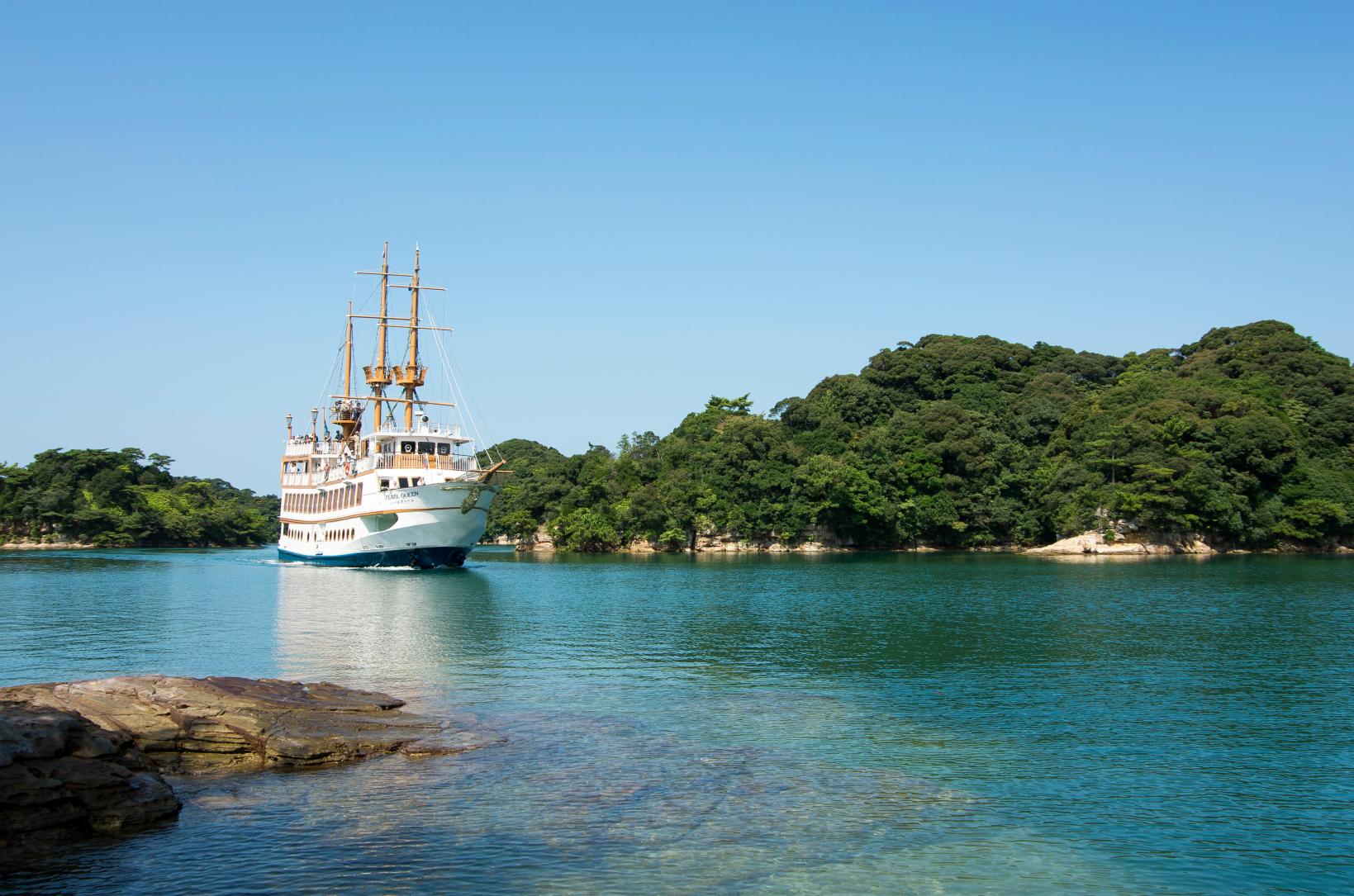
![[Starting from Kumamoto] Sightseeing in Kumamoto City & Unzen, Shimabara: A self-indulgent route around Goto-1](https://www.nagasaki-tabinet.com/storage/special_features/688/responsive_images/mQ8UXFjlMWs9jf2DJp7Ut1pIsLO7JGHPjeFlEHkc__1639_922.jpeg)
